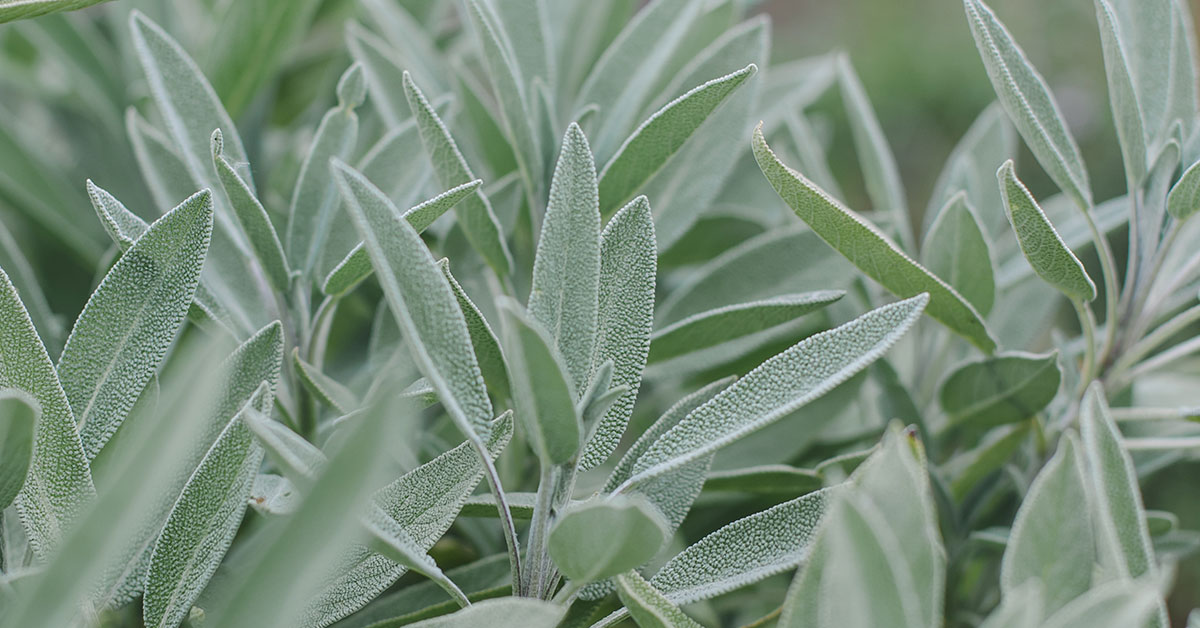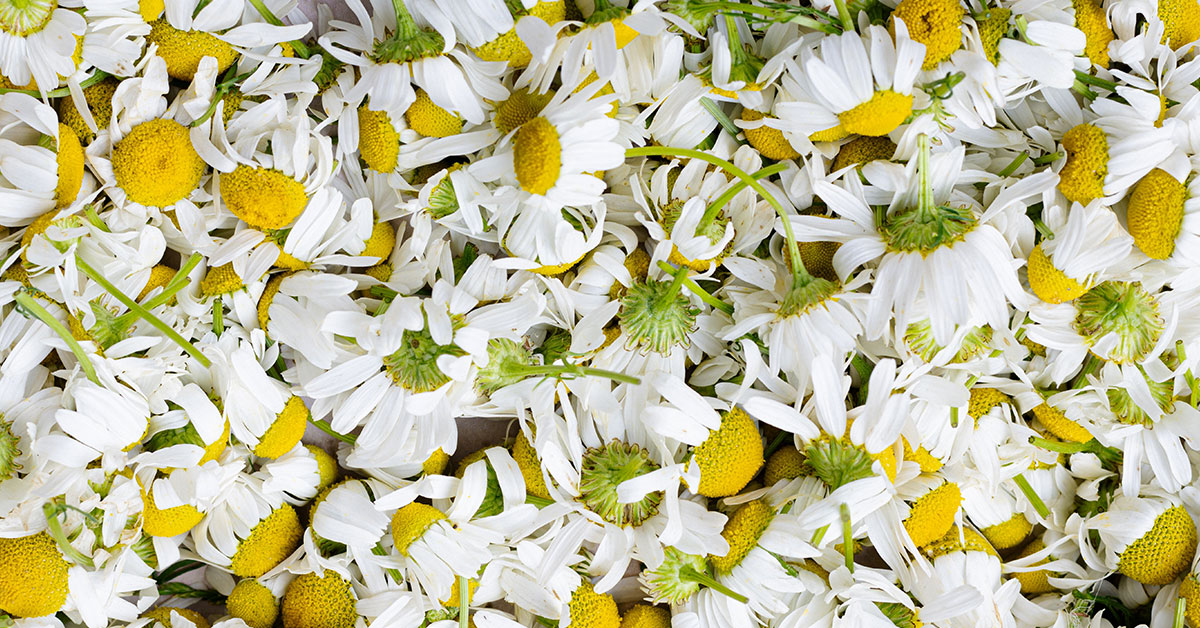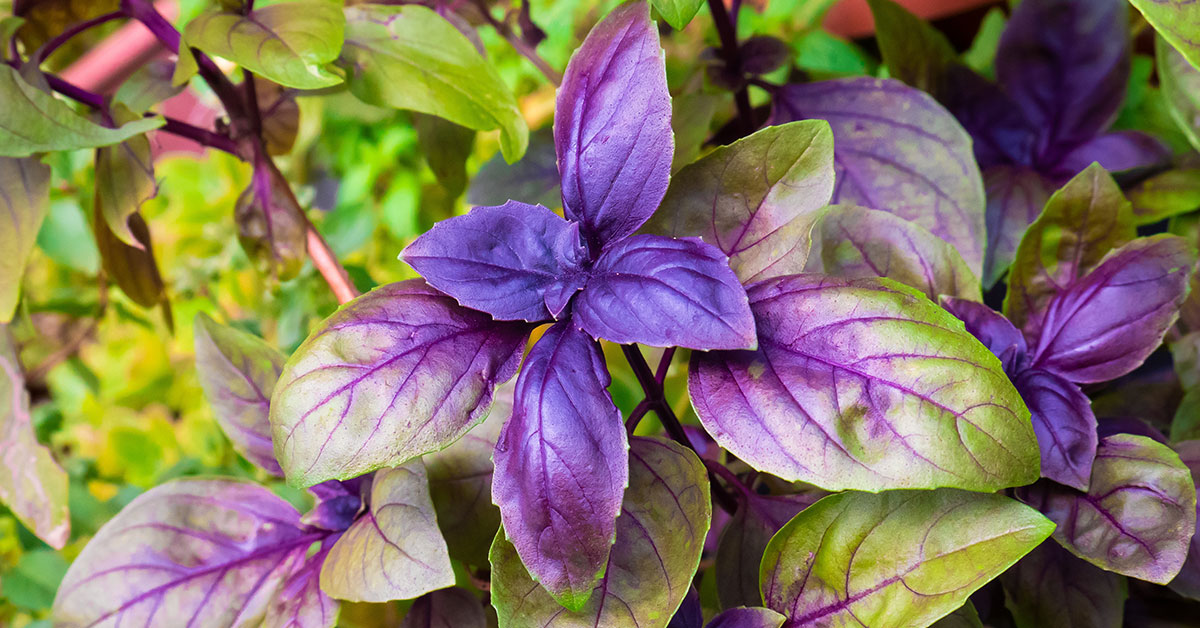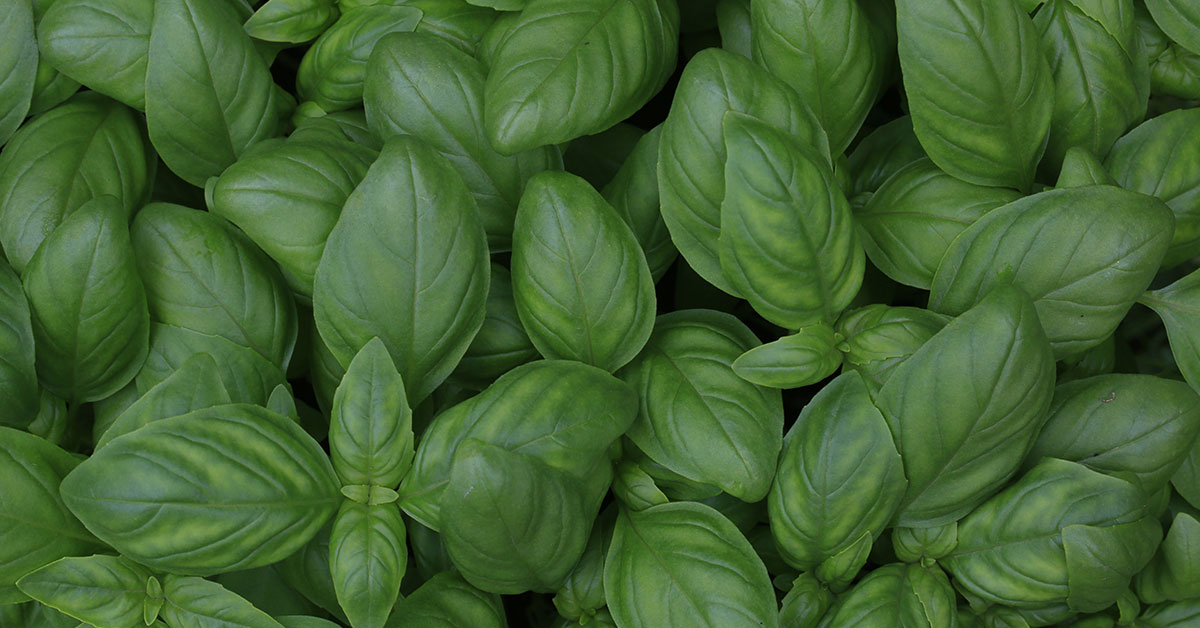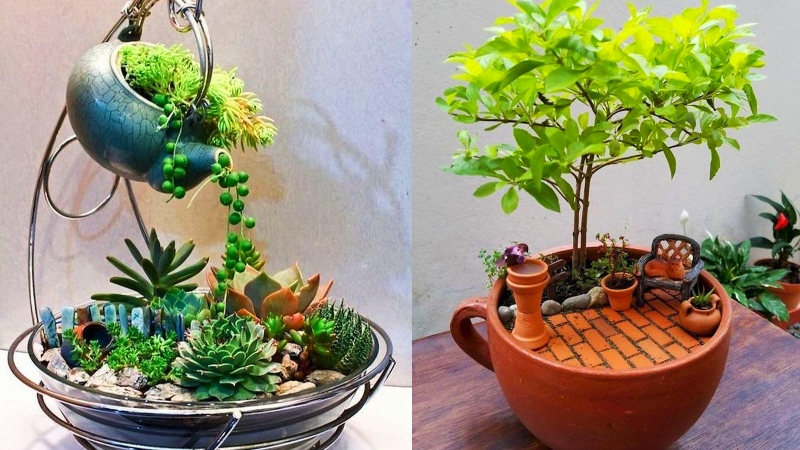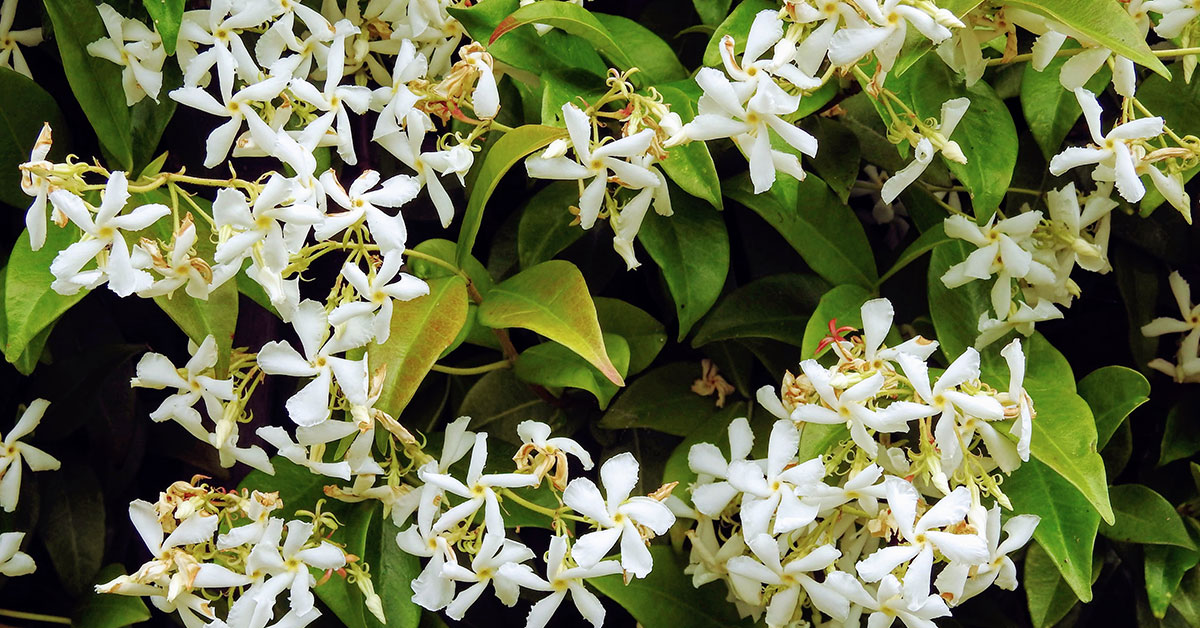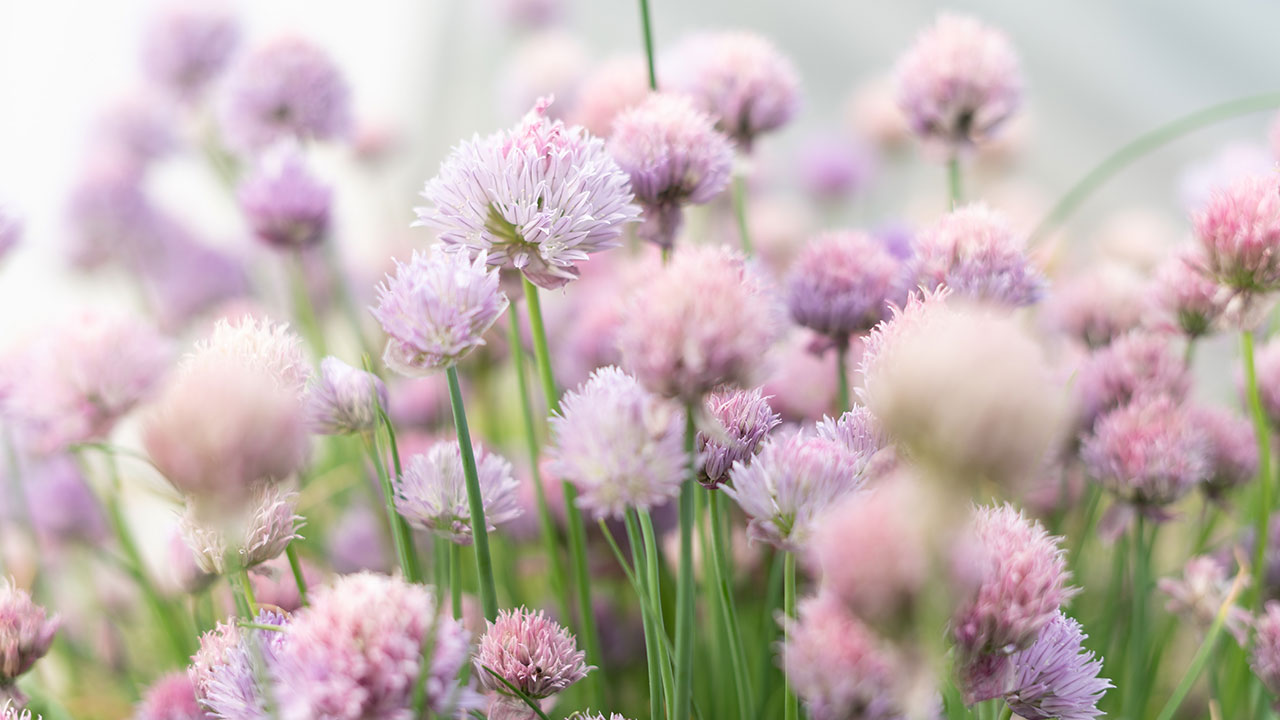For any passionate gardener, few things are more rewarding than growing perennial herbs that return year after year. Perennial herbs are a fantastic addition to any garden because they require less maintenance and provide a continuous supply of fresh, aromatic foliage for culinary, medicinal, and ornamental uses. Imagine stepping into your garden each spring to find your favorite herbs already flourishing, ready to be harvested and enjoyed.
In this article, I’ll share 20 of my favorite perennial herbs that will come back every year. These herbs are not only easy to grow but also incredibly versatile in their uses. Whether you’re a seasoned gardener or just starting, incorporating these perennial herbs into your garden will enhance your gardening experience and provide you with a bountiful harvest season after season. Let’s explore these resilient and useful herbs together!
Thyme

Thyme is one of my favorite perennial herbs due to its hardiness and versatility in the kitchen. This aromatic herb is easy to grow and thrives in well-drained soil with full sun exposure. Thyme is drought-tolerant, making it perfect for low-maintenance gardens. Simply plant it in a sunny spot, and it will flourish with minimal care.
Thyme’s small, fragrant leaves are perfect for seasoning a variety of dishes, from soups and stews to roasted meats and vegetables. It also has medicinal properties, often used in teas to soothe coughs and sore throats. Regularly harvesting thyme encourages new growth, ensuring a continuous supply of fresh herbs.
Sage
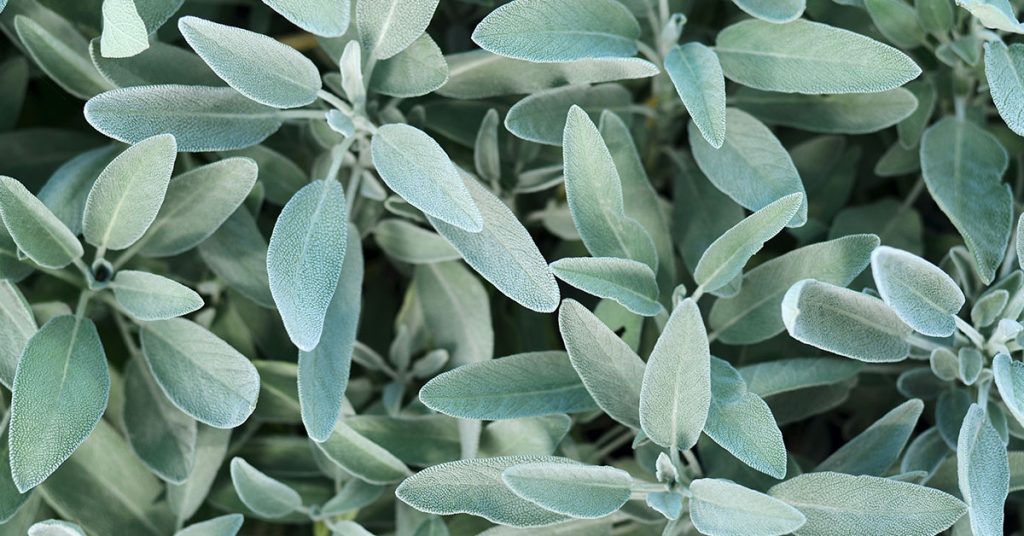
Sage is a hardy perennial herb known for its strong, earthy aroma and flavor. It thrives in well-drained soil and full sun, making it a great addition to herb gardens. Sage is drought-tolerant and can withstand a range of temperatures, making it a resilient choice for many climates. Prune sage regularly to promote new growth and prevent it from becoming woody.
In the kitchen, sage is a staple for seasoning meats, especially poultry and sausage, and is a key ingredient in stuffing and sauces. Its medicinal uses include soothing digestive issues and reducing inflammation. The beautiful, velvety leaves of sage also make it an attractive ornamental plant in the garden.
Oregano
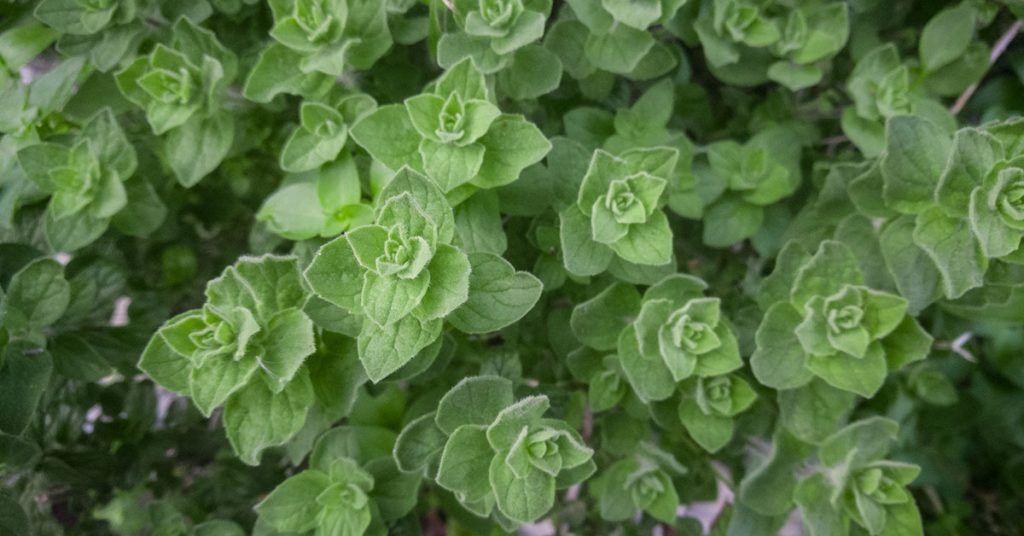
Oregano is a robust perennial herb that thrives in sunny, well-drained conditions. It’s incredibly easy to grow and spreads quickly, making it perfect for ground cover or filling in garden spaces. Plant oregano in full sun and allow the soil to dry out between waterings for the best results.
Oregano’s pungent, spicy flavor is a key ingredient in Mediterranean cuisine, particularly in tomato-based dishes, pizzas, and salads. It also has antimicrobial properties and can be used in herbal teas to boost the immune system. Regular harvesting encourages bushier growth and ensures a continuous supply of fresh leaves.
Mint
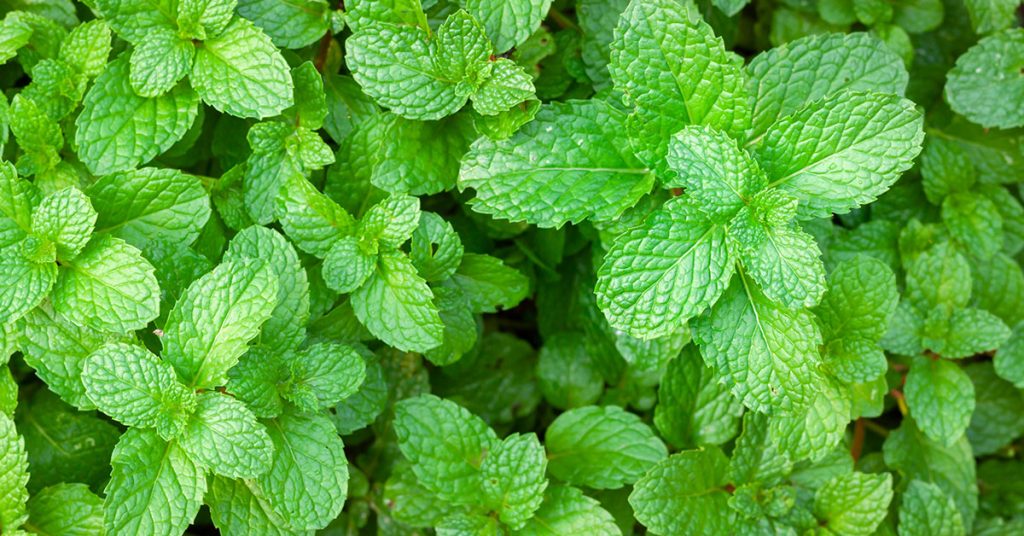
Mint is a vigorous perennial herb known for its refreshing aroma and flavor. It thrives in moist, well-drained soil and partial to full sun. However, mint can be invasive, so it’s best to plant it in containers or designated garden beds to prevent it from spreading uncontrollably. Regular pruning helps maintain its shape and encourages new growth.
Mint is incredibly versatile in the kitchen, perfect for teas, cocktails, salads, and desserts. It also has medicinal properties, such as aiding digestion and relieving headaches. The fragrant leaves can be used fresh or dried, ensuring a constant supply of this delightful herb.
Rosemary
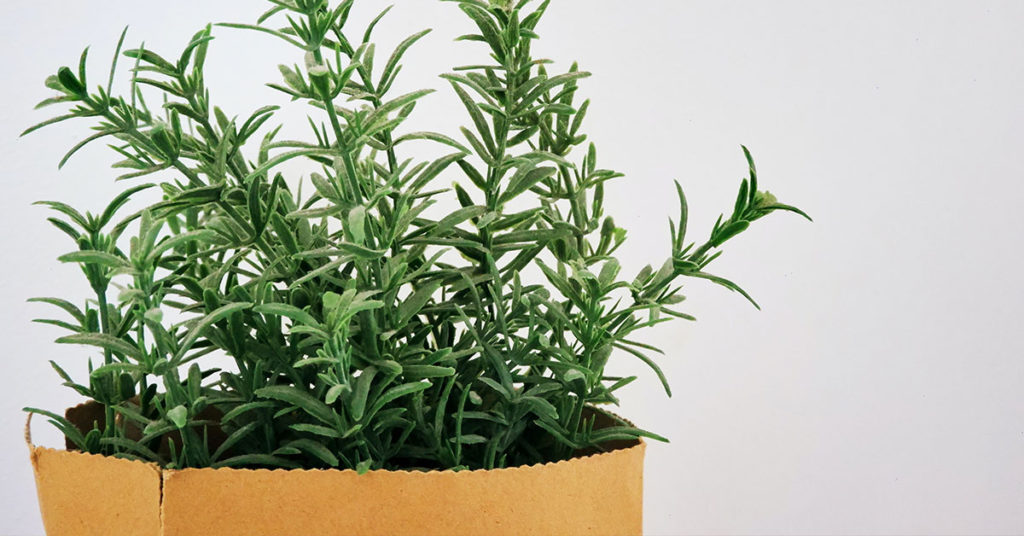
Rosemary is a hardy, evergreen perennial that thrives in well-drained soil and full sun. It’s relatively drought-tolerant and can withstand cooler temperatures, making it a versatile addition to any garden. Plant rosemary in a sunny spot and water sparingly once established. Pruning helps maintain its shape and encourages new growth.
Rosemary’s pine-like flavor is perfect for seasoning meats, especially lamb and poultry, as well as roasted vegetables and breads. It also has antiseptic properties and can be used in homemade cleaning products and skincare routines. The aromatic, needle-like leaves make rosemary a delightful and useful herb to grow.
Chives
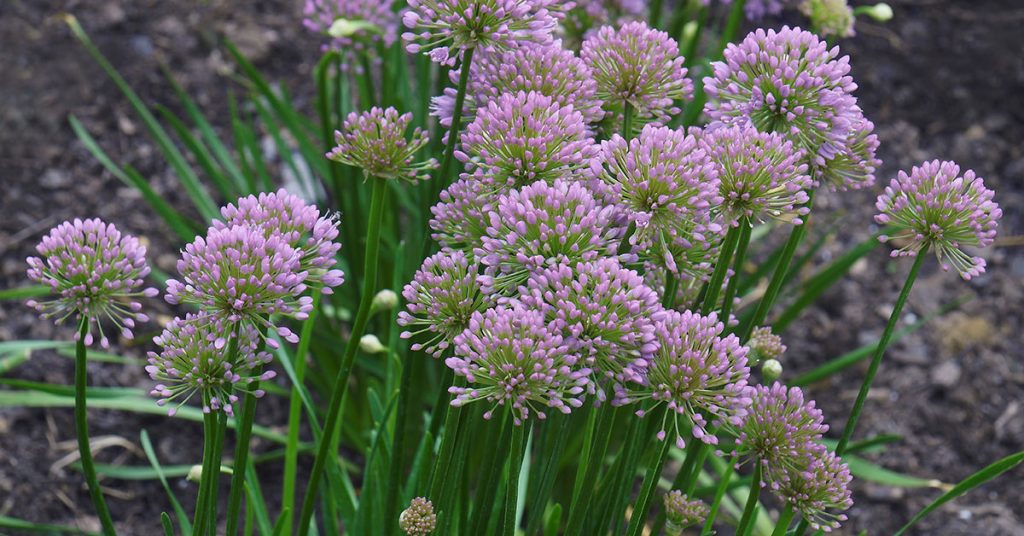
Chives are a hardy perennial herb that is easy to grow and perfect for garden borders. They thrive in well-drained soil and full sun to partial shade. Chives grow in clumps and produce beautiful purple flowers in the spring, which are also edible. Regularly trim the leaves to encourage continuous growth.
Chives have a mild onion flavor, making them ideal for garnishing salads, soups, and baked potatoes. The flowers can be used in salads for a pop of color and flavor. Chives also have medicinal properties, such as aiding digestion and boosting the immune system. They are a versatile and attractive addition to any herb garden.
Lemon Balm
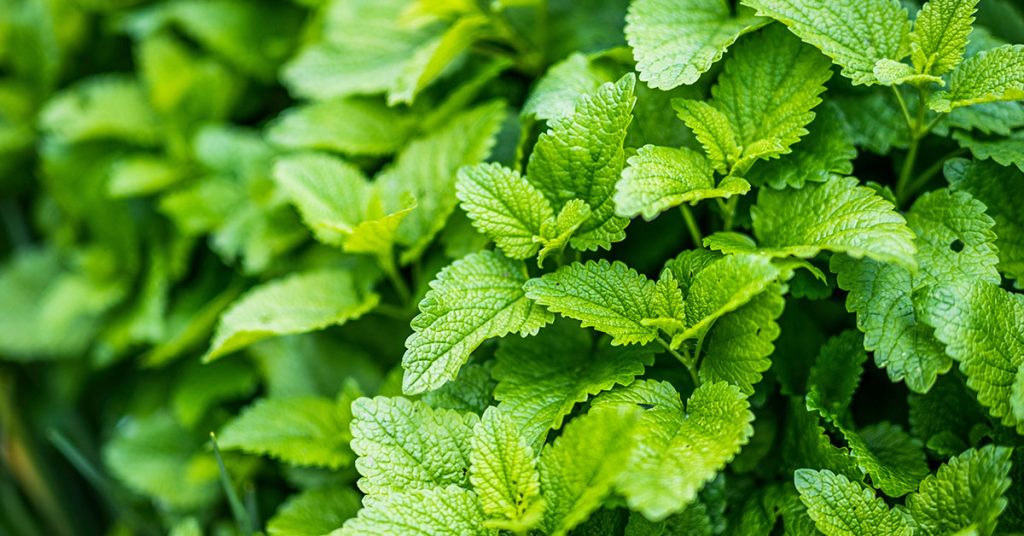
Lemon balm is a fragrant perennial herb that thrives in well-drained soil and full sun to partial shade. It’s easy to grow and spreads quickly, making it perfect for filling garden spaces. Plant lemon balm in a sunny spot and water regularly to keep the soil moist. Pruning helps maintain its shape and encourages new growth.
Lemon balm has a delightful lemon scent and flavor, making it perfect for teas, salads, and desserts. It also has calming properties and is often used in aromatherapy and herbal remedies to reduce stress and promote sleep. The vibrant green leaves make lemon balm an attractive and useful herb in the garden.
Tarragon
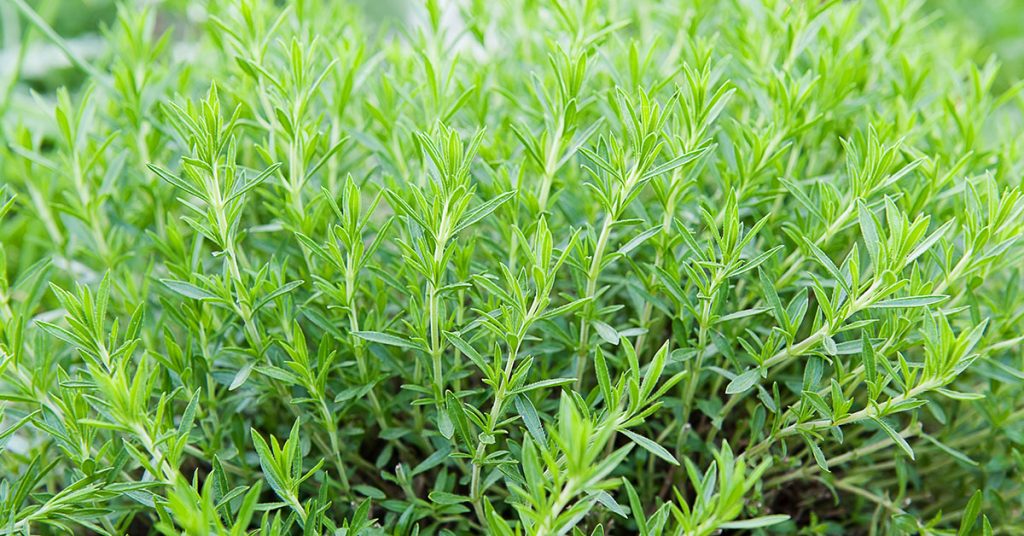
Tarragon is a hardy perennial herb that thrives in well-drained soil and full sun. It’s relatively drought-tolerant and can withstand cooler temperatures, making it a versatile addition to any garden. Plant tarragon in a sunny spot and water sparingly once established. Pruning helps maintain its shape and encourages new growth.
Tarragon has a unique, slightly anise-like flavor that is perfect for seasoning poultry, fish, and egg dishes. It’s a key ingredient in classic French cuisine, particularly in sauces like Béarnaise. Tarragon also has digestive properties and can be used in herbal teas to aid digestion. Its aromatic leaves make it a delightful and useful herb to grow.
Lavender
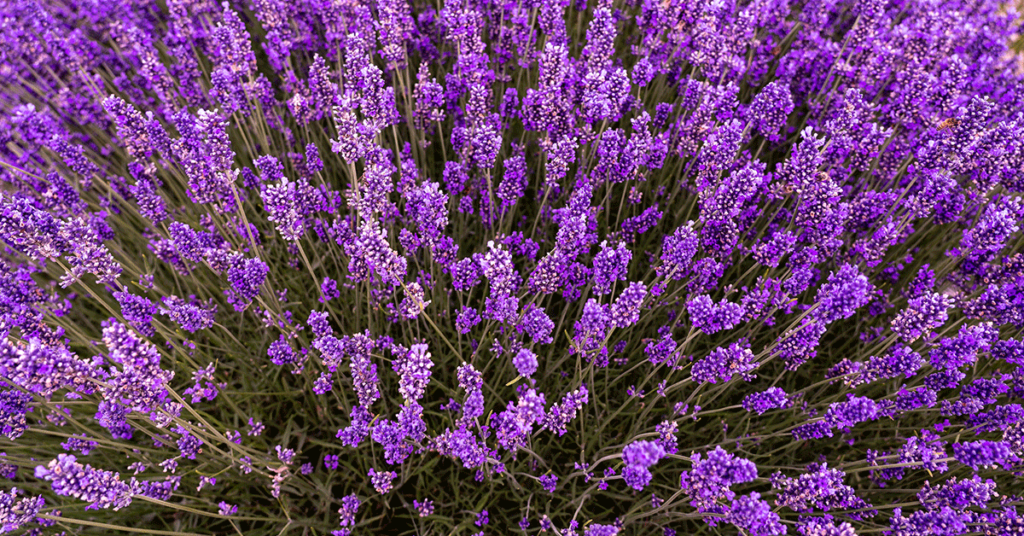
Lavender is a beautiful and fragrant perennial herb that thrives in well-drained soil and full sun. It’s relatively drought-tolerant and can withstand cooler temperatures, making it a versatile addition to any garden. Plant lavender in a sunny spot and water sparingly once established. Pruning helps maintain its shape and encourages new growth.
Lavender’s soothing aroma is perfect for use in sachets, potpourri, and aromatherapy. The flowers can be used in culinary dishes, such as baked goods, desserts, and teas. Lavender also has antiseptic and anti-inflammatory properties, making it useful in homemade skincare products. Its stunning purple flowers and calming scent make lavender a must-have in any herb garden.
Fennel
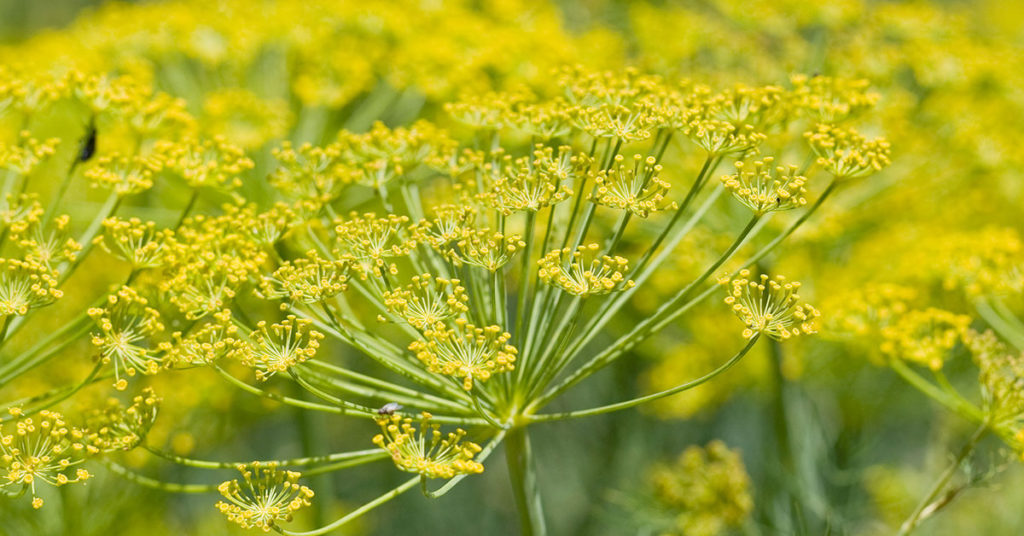
Fennel is a hardy perennial herb that thrives in well-drained soil and full sun. It’s relatively drought-tolerant and can withstand cooler temperatures, making it a versatile addition to any garden. Plant fennel in a sunny spot and water sparingly once established. Pruning helps maintain its shape and encourages new growth.
Fennel has a unique, slightly sweet and anise-like flavor that is perfect for seasoning meats, fish, and vegetables. The bulb, stalks, and leaves are all edible and can be used in a variety of culinary dishes. Fennel also has digestive properties and can be used in herbal teas to aid digestion. Its aromatic leaves and bulbs make fennel a delightful and useful herb to grow.
Catnip
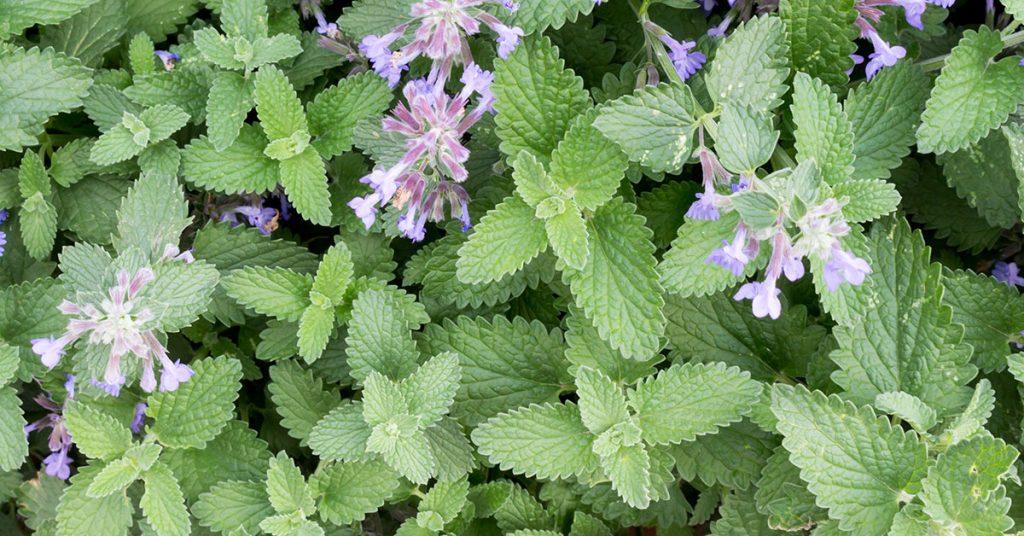
Catnip is a hardy perennial herb that thrives in well-drained soil and full sun to partial shade. It’s easy to grow and spreads quickly, making it perfect for filling garden spaces. Plant catnip in a sunny spot and water regularly to keep the soil moist. Pruning helps maintain its shape and encourages new growth.
Catnip has a mild minty flavor and is often used to make teas that can help with relaxation and digestion. It’s also famously known for its stimulating effect on cats, making it a fun addition for pet owners. The aromatic leaves can be used fresh or dried, ensuring a constant supply of this delightful herb.
Lovage
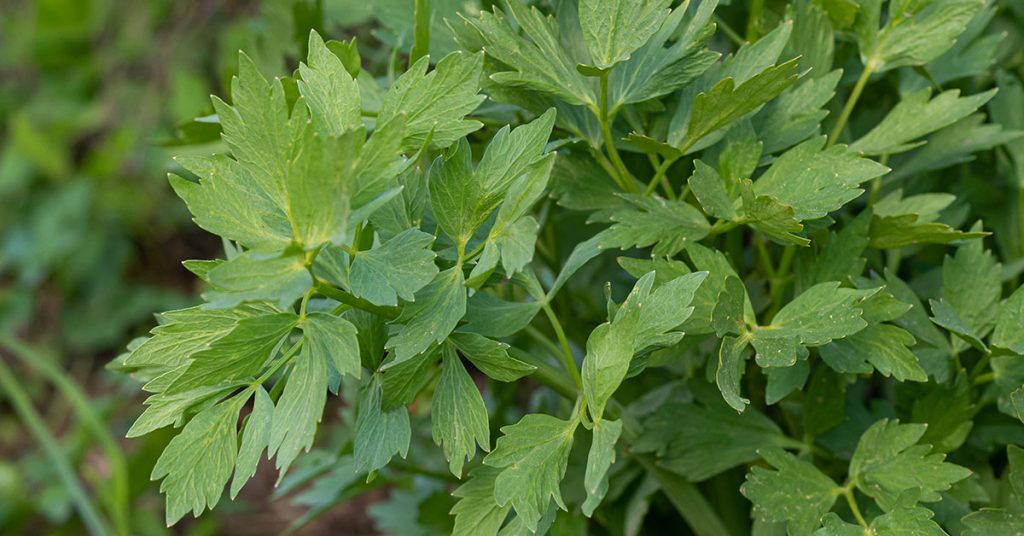
Lovage is a hardy perennial herb that thrives in well-drained soil and full sun to partial shade. It’s easy to grow and can reach impressive heights, making it a striking addition to any garden. Plant lovage in a sunny spot and water regularly to keep the soil moist. Pruning helps maintain its shape and encourages new growth.
Lovage has a strong celery-like flavor and can be used in soups, stews, and salads. The leaves, stems, and seeds are all edible, making it a versatile culinary herb. Lovage also has digestive properties and can be used in herbal teas to aid digestion. Its tall, attractive foliage makes lovage a useful and ornamental herb in the garden.
Marjoram
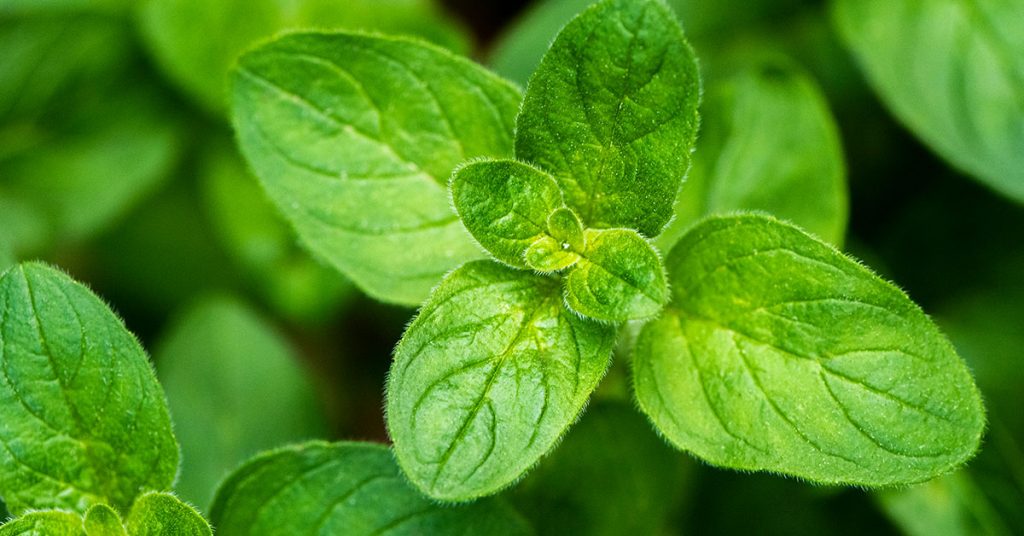
Marjoram is a hardy perennial herb that thrives in well-drained soil and full sun. It’s relatively drought-tolerant and can withstand cooler temperatures, making it a versatile addition to any garden. Plant marjoram in a sunny spot and water sparingly once established. Pruning helps maintain its shape and encourages new growth.
Marjoram has a sweet, mild flavor that is perfect for seasoning meats, soups, and salads. It’s often used in Mediterranean cuisine and pairs well with other herbs like thyme and oregano. Marjoram also has calming properties and can be used in teas to reduce stress and promote sleep. Its aromatic leaves make marjoram a delightful and useful herb to grow.
Sorrel
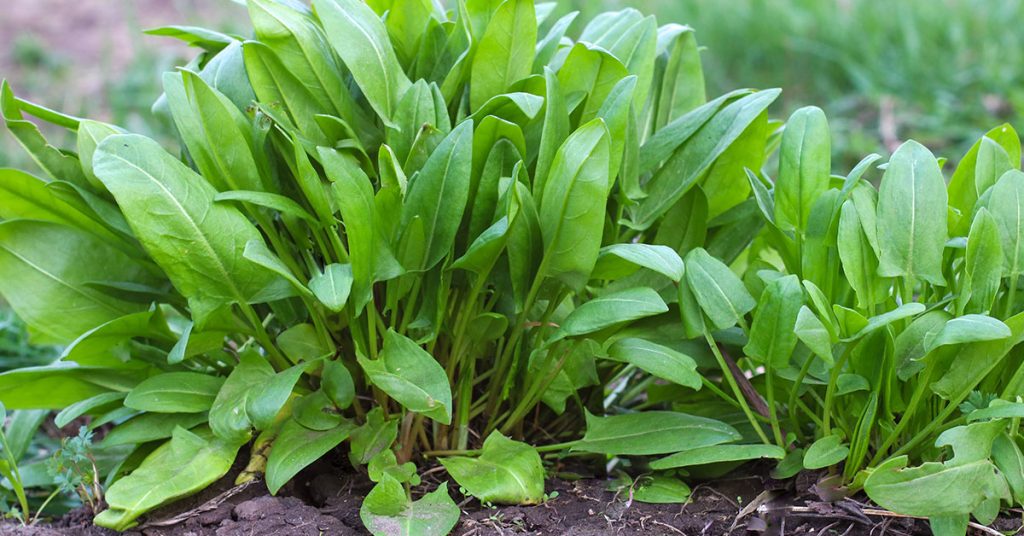
Sorrel is a hardy perennial herb that thrives in well-drained soil and full sun to partial shade. It’s easy to grow and spreads quickly, making it perfect for filling garden spaces. Plant sorrel in a sunny spot and water regularly to keep the soil moist. Pruning helps maintain its shape and encourages new growth.
Sorrel has a tart, lemony flavor that is perfect for adding a zing to salads, soups, and sauces. It’s often used in French cuisine and pairs well with fish and eggs. Sorrel also has antioxidant properties and can be used in herbal teas to boost the immune system. Its vibrant green leaves make sorrel a delightful and useful herb in the garden.
Winter Savory
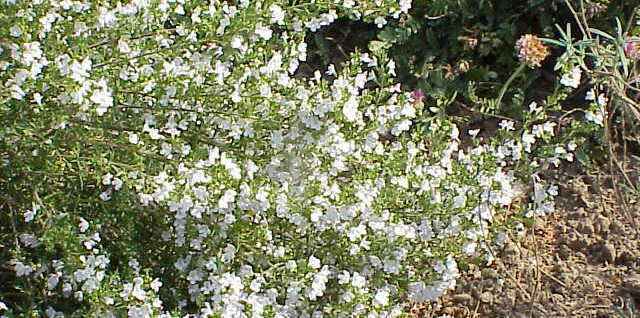
Winter savory is a hardy perennial herb that thrives in well-drained soil and full sun. It’s relatively drought-tolerant and can withstand cooler temperatures, making it a versatile addition to any garden. Plant winter savory in a sunny spot and water sparingly once established. Pruning helps maintain its shape and encourages new growth.
Winter savory has a peppery flavor that is perfect for seasoning meats, beans, and vegetables. It’s often used in Mediterranean cuisine and pairs well with other herbs like thyme and rosemary. Winter savory also has antiseptic properties and can be used in herbal teas to aid digestion and relieve sore throats. Its aromatic leaves make winter savory a delightful and useful herb to grow.
Comfrey
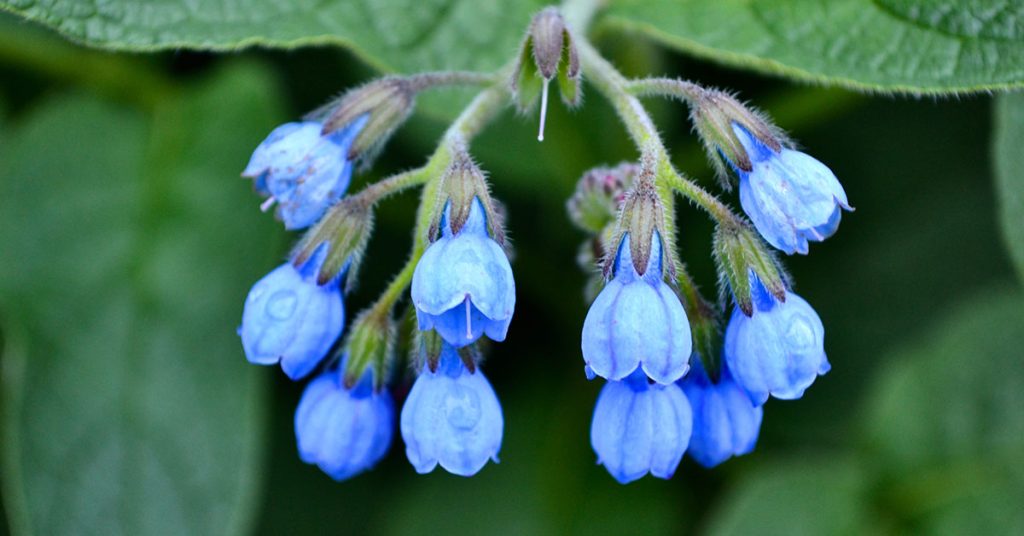
Comfrey is a hardy perennial herb that thrives in well-drained soil and full sun to partial shade. It’s easy to grow and spreads quickly, making it perfect for filling garden spaces. Plant comfrey in a sunny spot and water regularly to keep the soil moist. Pruning helps maintain its shape and encourages new growth.
Comfrey has a mild cucumber-like flavor and can be used in salads, soups, and teas. It’s also known for its medicinal properties, particularly in promoting wound healing and reducing inflammation. The leaves can be used to make poultices or salves for topical application. Its large, attractive leaves and beautiful flowers make comfrey a useful and ornamental herb in the garden.
Hyssop
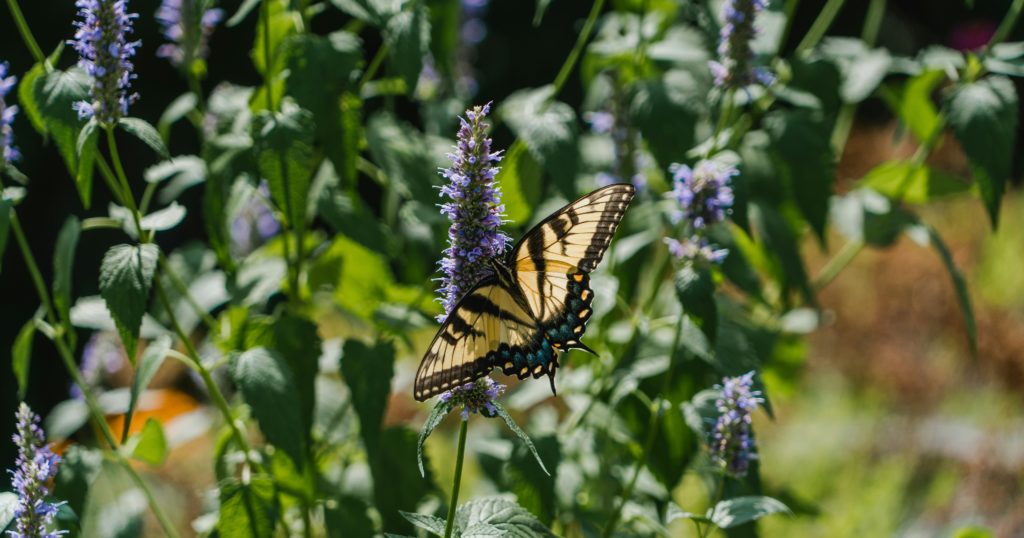
Hyssop is a hardy perennial herb that thrives in well-drained soil and full sun. It’s relatively drought-tolerant and can withstand cooler temperatures, making it a versatile addition to any garden. Plant hyssop in a sunny spot and water sparingly once established. Pruning helps maintain its shape and encourages new growth.
Hyssop has a strong, minty flavor that is perfect for seasoning meats, soups, and teas. It’s often used in Mediterranean cuisine and pairs well with other herbs like thyme and rosemary. Hyssop also has antiseptic properties and can be used in herbal teas to aid digestion and relieve respiratory issues. Its aromatic leaves and beautiful flowers make hyssop a delightful and useful herb to grow.
Bay Laurel
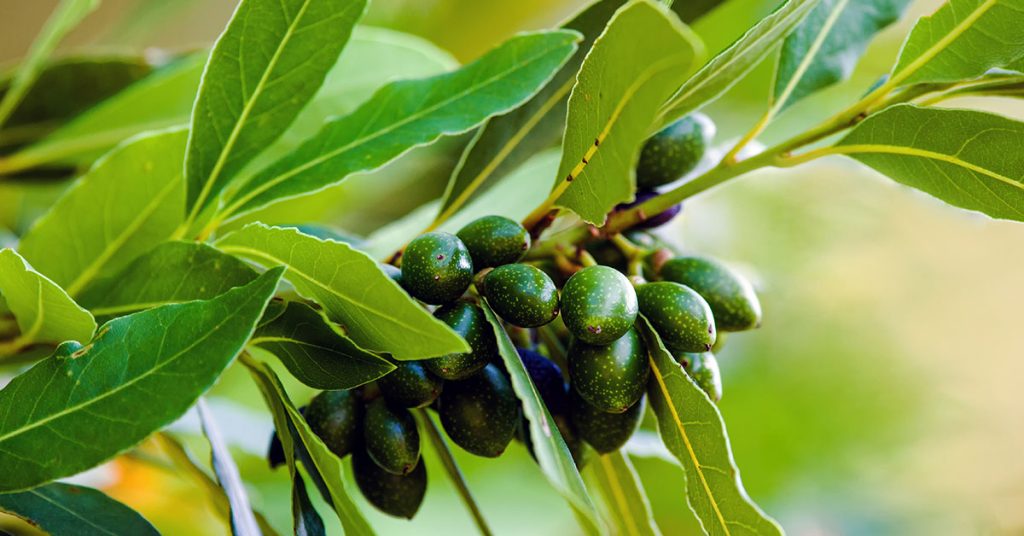
Bay laurel is a hardy perennial herb that thrives in well-drained soil and full sun to partial shade. It’s relatively drought-tolerant and can withstand cooler temperatures, making it a versatile addition to any garden. Plant bay laurel in a sunny spot and water sparingly once established. Pruning helps maintain its shape and encourages new growth.
Bay laurel has a strong, aromatic flavor that is perfect for seasoning meats, soups, and stews. The leaves are often used in cooking and can be dried for long-term storage. Bay laurel also has antiseptic properties and can be used in herbal teas to aid digestion and relieve respiratory issues. Its aromatic leaves and attractive foliage make bay laurel a delightful and useful herb to grow.
Lemon Verbena
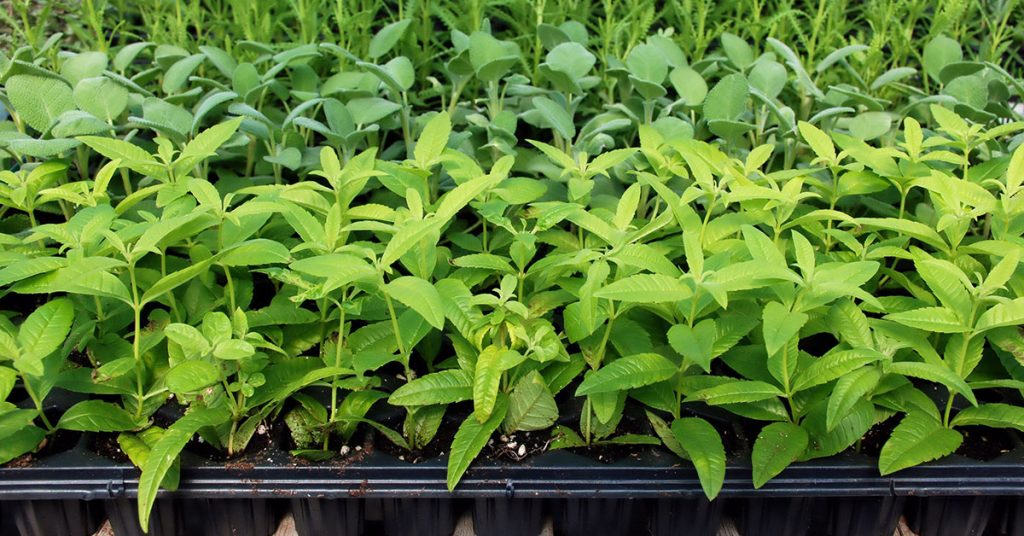
Lemon verbena is a hardy perennial herb that thrives in well-drained soil and full sun. It’s relatively drought-tolerant and can withstand cooler temperatures, making it a versatile addition to any garden. Plant lemon verbena in a sunny spot and water sparingly once established. Pruning helps maintain its shape and encourages new growth.
Lemon verbena has a strong, lemony flavor that is perfect for seasoning meats, fish, and desserts. The leaves can be used to make teas, syrups, and infusions. Lemon verbena also has calming properties and can be used in aromatherapy to reduce stress and promote relaxation. Its aromatic leaves and attractive foliage make lemon verbena a delightful and useful herb to grow.
Horehound

Horehound is a hardy perennial herb that thrives in well-drained soil and full sun. It’s relatively drought-tolerant and can withstand cooler temperatures, making it a versatile addition to any garden. Plant horehound in a sunny spot and water sparingly once established. Pruning helps maintain its shape and encourages new growth.
Horehound has a strong, bitter flavor that is often used to make herbal teas and candies. It’s known for its medicinal properties, particularly in soothing coughs and sore throats. The leaves can be used to make poultices or infusions for topical application. Its aromatic leaves and attractive flowers make horehound a useful and ornamental herb in the garden.
Angelica
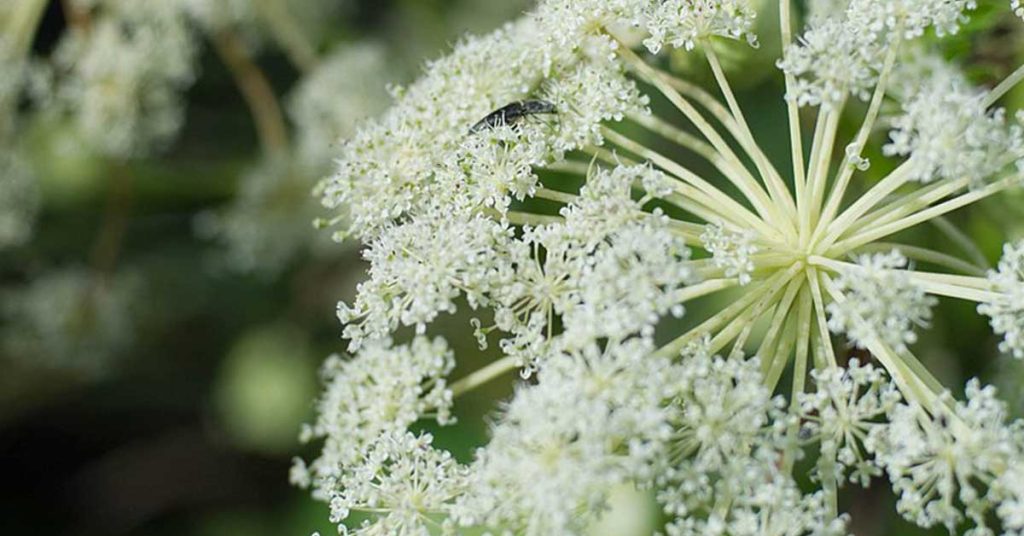
Angelica is a hardy perennial herb that thrives in well-drained soil and full sun to partial shade. It’s relatively drought-tolerant and can withstand cooler temperatures, making it a versatile addition to any garden. Plant angelica in a sunny spot and water sparingly once established. Pruning helps maintain its shape and encourages new growth.
Angelica has a strong, sweet flavor that is often used to make herbal teas, candies, and liqueurs. It’s known for its medicinal properties, particularly in soothing digestive issues and reducing inflammation. The leaves, stems, and roots can all be used for various culinary and medicinal purposes. Its aromatic leaves and attractive flowers make angelica a useful and ornamental herb in the garden.
These 20 perennial herbs are perfect for creating a garden that is not only beautiful and aromatic but also incredibly useful. By incorporating these hardy, low-maintenance plants, you can enjoy fresh herbs year after year, enhancing your culinary creations and promoting health and wellness.
